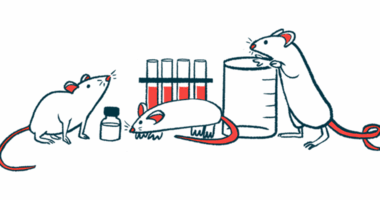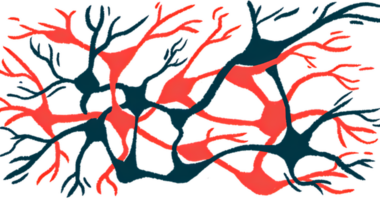Molecular switch for toxic protein disposal may be Parkinson’s target
Global team IDs ways 'cellular garbage bags' are created in new study

A global team of researchers has identified the molecular switch in a protein complex that regulates how cellular waste disposal mechanisms clean up and recycle unwanted materials — like the toxic alpha-synuclein protein clumps, or aggregates, that drive the death of nerve cells in Parkinson’s disease, according to a new study.
These findings offer potential targets for new treatments, per the researchers.
“We discovered surprising ways those cellular ‘garbage bags’ are created and how this group of proteins is regulated,” Michael Lazarou, PhD, who co-led the research at WEHI’s Parkinson’s Disease Research Centre in Australia, said in a news story from the institution. The work was done by a team from WEHI and researchers at the University of California, Berkeley in the U.S. and the Max Planck Institute in Germany.
“Crucially, we found the switch that kickstarts the process,” Lazarou said.
According to the researchers, as one part of this protein complex changes shape and releases a small fatty molecule, it allows another part to produce a signal that helps control autophagy, the process by which unwanted material is broken down. That material is turned into building blocks that can be reused and built upon.
“Now [that] we know how this recycling process is switched on we hope that knowledge will in future lead to new treatments that can turn on that process to promote healthy ageing and target diseases like Parkinson’s and beyond,” Lazarou said.
The study, “Structural pathway for PI3-kinase regulation by VPS15 in autophagy,” was published in the journal Science as an international effort.
Researchers wanted to learn how to ‘fix’ process when it breaks
In Parkinson’s, nerve cell death is linked to toxic alpha-synuclein protein buildup, which forms clumps known as Lewy bodies. Usually, unwanted materials like Lewy bodies are cleared through autophagy. However, this process appears dysfunctional in neurodegenerative diseases, contributing to disease progression.
“We know that cellular recycling is absolutely fundamental to our overall health but we’ve struggled to understand precisely how this complex process is regulated — and how we can fix it when it breaks,” said Lazarou, an associate professor at Monarch University.
The researchers already knew that a protein complex called PI3KC3-C1 plays crucial roles in autophagy. This complex includes different proteins, or enzymes, such as VPS15 and VPS34.
However, until now, scientists did not know how PI3KC3-C1 is turned on and off. Knowing this could allow researchers to better understand autophagy and find new targets to treat neurodegenerative diseases in which the process does not work as intended.
These findings show in … detail how the [molecular switch] is activated. … We elucidated a structural pathway of enzyme activation.
Using an imaging technique called cryo-electron microscopy, the team found that, in its inactive form, VPS15 keeps the complex in an inactive state and hides a fatty molecule called myristate. VPS15 binds strongly to a cellular energy molecule called GTP, which helps keep the complex inactive in the cell.
However, when the enzyme is activated, the myristate is released, and VPS34 helps produce a molecule called PI3P on cell membranes, a signal that controls autophagy.
“These findings show in … detail how the VPS34 lipid kinase is activated in the context of a complete PI3K complex,” the researchers wrote. “We elucidated a structural pathway of enzyme activation.”
The research was funded by an international grant from the Aligning Science Across Parkinson’s network, which promotes collaboration, open data sharing, and transparency to speed discoveries and find a cure for Parkinson’s.







